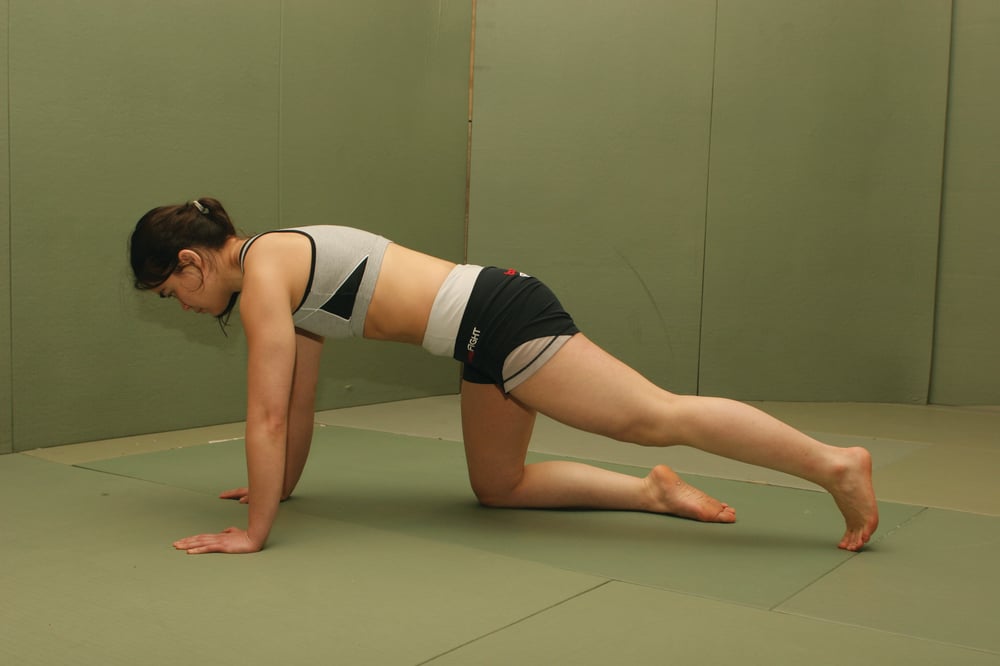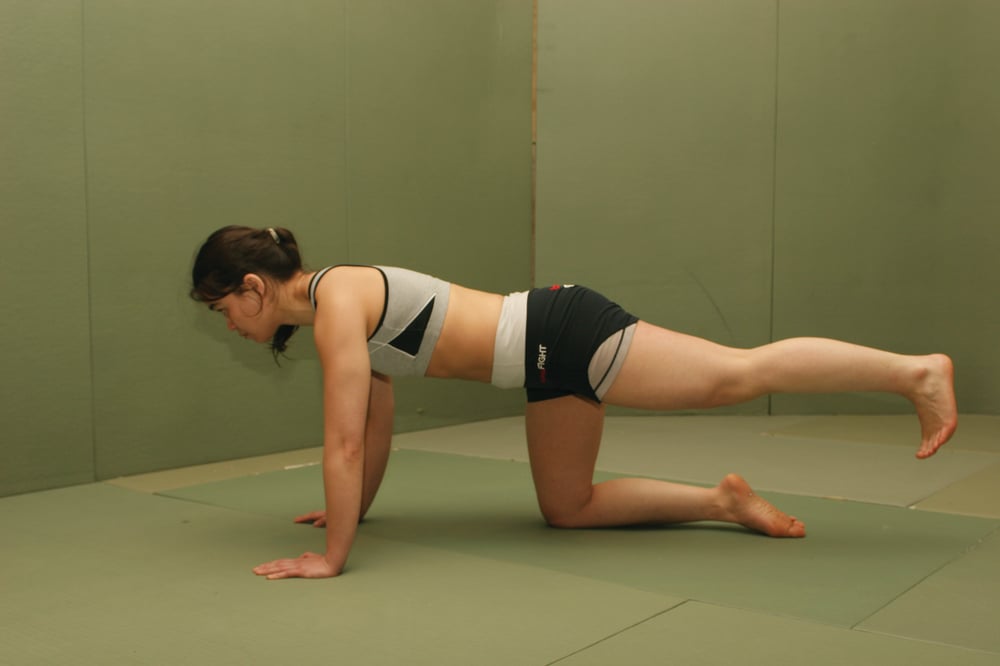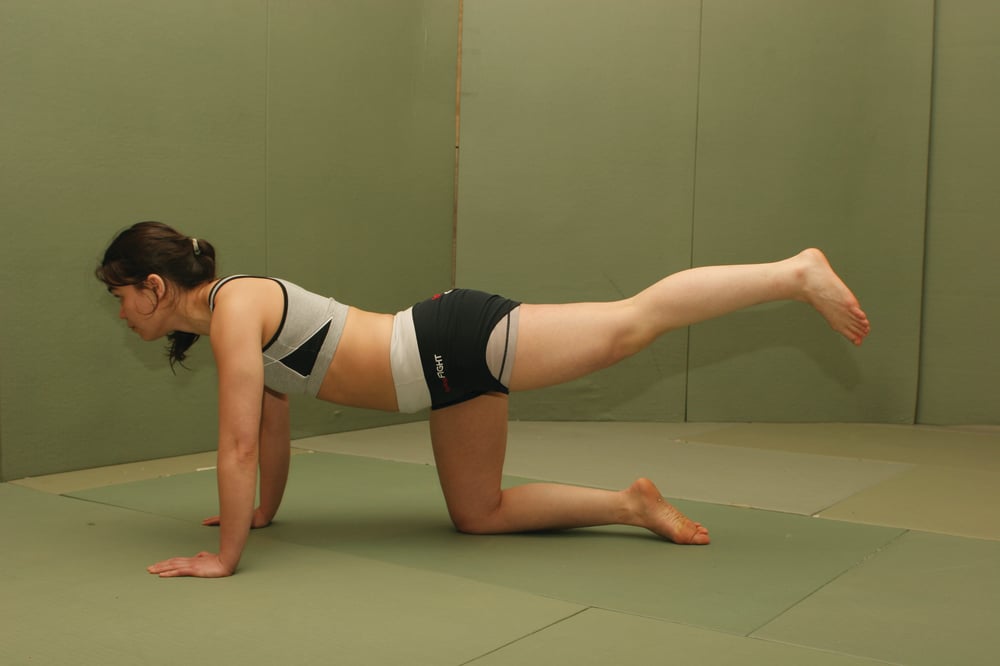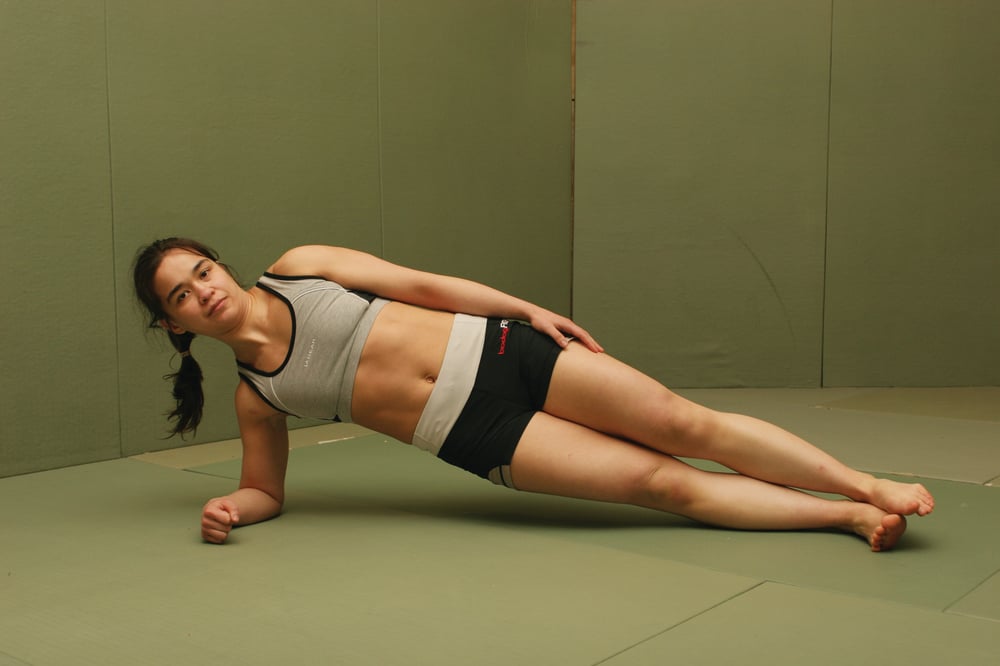
Issue 038
June 2008
Lower back problems in MMA don’t seem to occur quite as regularly as neck and shoulder problems, but when they do occur, they have the potential to be really nasty. Often, a fighter can have a weak area in his back that he’s not aware of, and then all of a sudden the slightest thing will trigger it off and he’s left with an injury that might keep him out of the sport for months or even years.
There are many things a fighter can do to reduce the risk of back injury. One major factor is good technique, both when doing MMA and when doing weight training or conditioning. Keeping good alignment in the lower back while bending or lifting is very important. Forward bending and twisting the lumbar spine at the same time is particularly risky for the lower back. While it’s not always possible to avoid this in an unpredictable sport like MMA, good wrestling technique should keep it to a minimum.
Good core strength is vitally important for MMA. ‘Core stability’ has become something of a buzzword, and everyone seems to be doing it, but few really understand what it is and why it’s important. A strength coach once defined the core for me as “everything between the nipple and the knee”. It’s a vast subject, and this article can only touch on a small part of that.
Core stability is not just important for preventing injury. It also has a major effect on performance. To borrow a strength-training quote, “you can’t fire a cannon from a canoe”. In combat sports, your effective strength is limited by your body’s ability to provide a stable base to work from.
If you have an existing back injury, or you get any pain when attempting the exercises, then you should consult a doctor, physiotherapist, osteopath or other sports injury professional before continuing.
The body has a built in ‘weights belt’ which, used correctly, prevents too much movement happening between the vertebrae in the lower back. This ‘belt’ consists of a tough piece of connective tissue called the thoracolumbar fascia (TLF). Several muscles attach into this ‘belt’ to pull it tight. In this article we are going to focus mainly on the transversus abdominis, together with the internal and external obliques. Another important muscle for lower back health, the gluteus maximus, we’ll look more in future columns when we get to the hip and knee.
Transversus abdominis doesn’t have quite the posing potential of its better-known companion, the rectus abdominis (the coveted six-pack), but it has a vital role to play. It lies underneath the rectus, and goes right round the front of your stomach. It helps to brace and protect the spine.
Learning to contract transversus abdominis
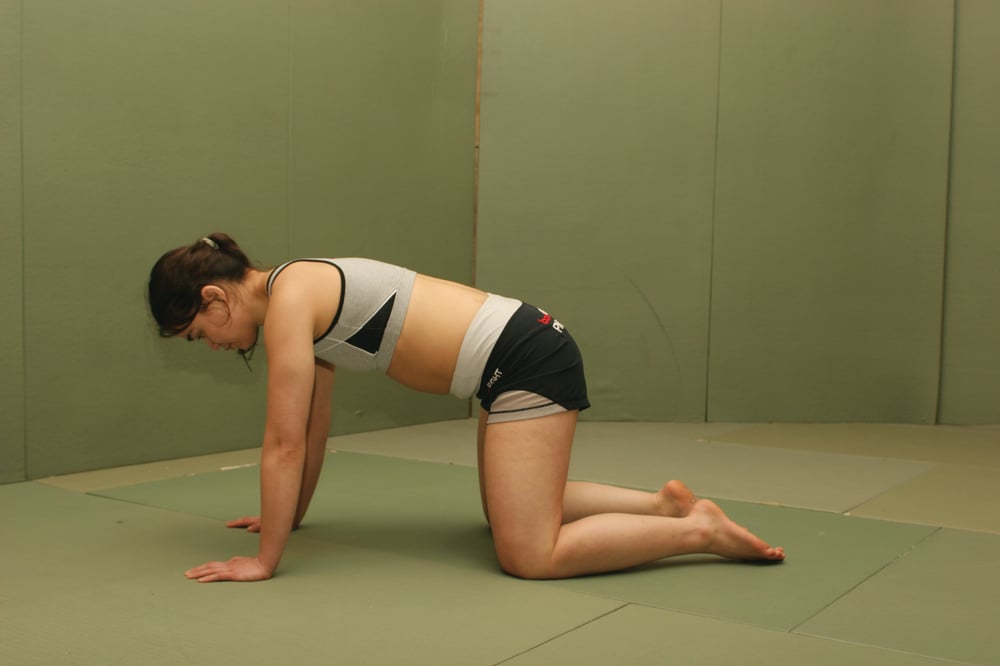
1: Kneel on all fours with your spine in a neutral curve
2: Without letting your back move, breathe out and pull your belly button up towards your spine. Hold this contraction for a count of ten as you breathe in and out normally.
When you can do this, learn to hold the contraction at about 30% of maximum. You can do this by starting with a full force contraction, then reduce it by half, then by half again. Bring this in to all of your conditioning and training exercises.
Leg lifts
1: Start on all fours as for the previous exercise. With transversus abdominis engaged and keeping your back still, extend one leg keeping the foot on the ground
2: Lift the leg so that it is parallel to the ground. Repeat for 3 sets of 6-10 reps on each side.
Common mistakes
1: Allowing the pelvis to drop forwards, and arching the lower back.
https://poweredbysia.com/overlord/asset_view_asset/43807
2: Lifting the pelvis on one side.
Get a friend or training partner to watch as you perform this exercise, and to make sure that you keep the back and pelvis absolutely still. Most people find this a challenge. If you can’t do it straight away, then try simply lifting the knee slightly off the ground. Keeping good form is more important than how high you can lift the leg, or how many reps you can do.
Plank and side plank
1: With your body in a straight line, support yourself on your forearms and toes. Pull your belly button up to contract your deep abdominal muscles. Hold this position for up to 90 seconds, but stop as soon as you lose good form or your back starts to arch.
2: Now support yourself on your bottom foot and your forearm. Make sure your body is in a straight line. Hold this position for up to 90 seconds, but stop as soon as you lose good form. Repeat on the other side.



